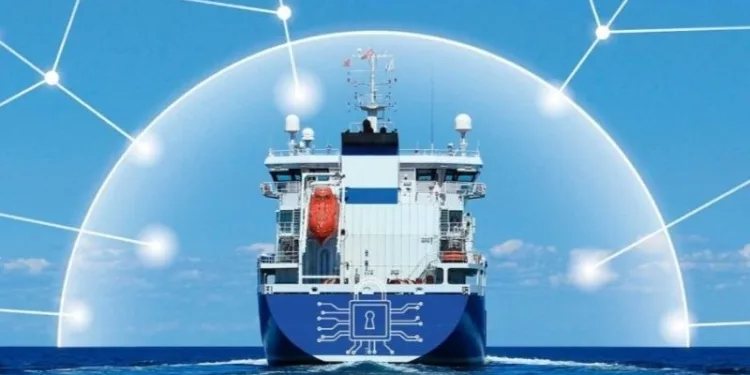Craig Wooldridge, maritime cyber baseline manager at IASME Consortium, on the importance of cybersecurity hygiene on ships.
The maritime industry is increasingly reliant on digital systems to ensure the safe and efficient operation of vessels. From navigation and communication systems to cargo management and propulsion controls, ships of all classifications, regardless of their size or shape, are becoming more dependent on information technology (IT) and operationaltechnology (OT). However, this growing reliance on digitalisation also makes the maritime sector a prime target for cyberattacks. As such, maintaining robust cybersecurity hygiene is a critical necessity for ship owners and operators.
Cyberattacks on ships are a real and growing threat. High-profile incidents, such as the ransomware attack on Maersk in 2017, which cost the company an estimated $300m, have highlighted the devastating financial and operational consequences of poor cybersecurity. Hackers can exploit vulnerabilities in IT and OT systems to disrupt operations, steal sensitive data, or even take control of critical systems, potentially endangering the safety of the crew, cargo, and environment.
The maritime industry’s unique characteristics make it particularly vulnerable to cyber threats. Ships often operate in remote locations with limited connectivity, making it challenging to detect and respond to cyber incidents in real time. Additionally, many vessels still rely on outdated systems and software, which are more susceptible to exploitation. This is why it is imperative for ship owners and operators to prioritise cybersecurity hygiene and ensure their IT and OT systems are up to date.
Why cybersecurity hygiene matters for all ships
The role of IT and OT systems in cybersecurity
IT systems, such as email, databases, and administrative software, are often the first point of entry for cyberattacks. Phishing emails, malware, and ransomware are common tactics used to exploit vulnerabilities in these systems. On the other hand, OT systems, which control physical processes like navigation, propulsion, and cargo handling, are increasingly interconnected with IT systems, creating additional attack vectors.
To mitigate these risks, ship owners and operators must adopt a holistic approach to cybersecurity that addresses both IT and OT systems. This includes:
The importance of staying up to date
Cyber threats are constantly evolving, and attackers are becoming more sophisticated in their methods. This makes it essential for ship owners and operators to stay up to date with the latest cybersecurity developments and best practices. Regularly reviewing and updating cybersecurity policies, conducting vulnerability assessments, and investing in advanced security technologies are all critical steps in staying ahead of potential threats.
Moreover, collaboration within the maritime industry is key to improving cybersecurity. Sharing information about threats and best practices can help operators learn from each other’s experiences and strengthen the industry’s overall resilience.
In an era where cyber threats are becoming increasingly prevalent, maintaining strong cybersecurity hygiene is essential for the safety, security, and efficiency of maritime operations. Ships of all classifications, regardless of their size or purpose, are potential targets for cyberattacks, making it imperative for ship owners and operators to prioritise the security of their IT and OT systems. By staying up to date with the latest cybersecurity measures and fostering a culture of awareness and vigilance, the maritime industry can navigate the digital age with confidence and resilience. After all, in the vast and unpredictable waters of cyberspace, a proactive approach to cybersecurity is the best way to ensure smooth sailing.























